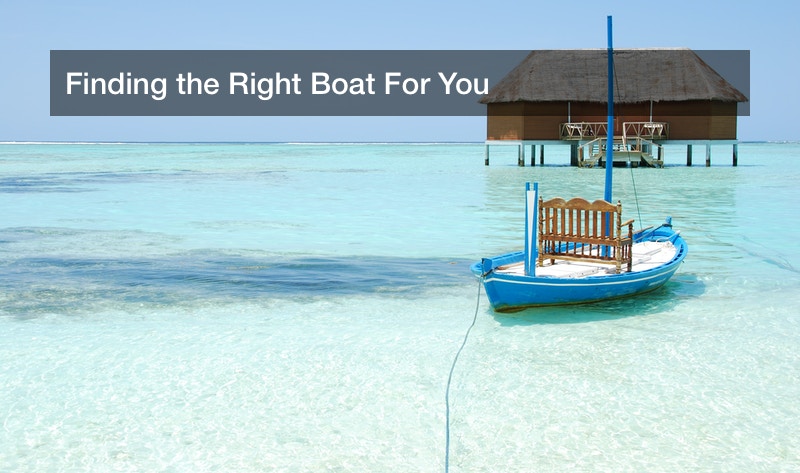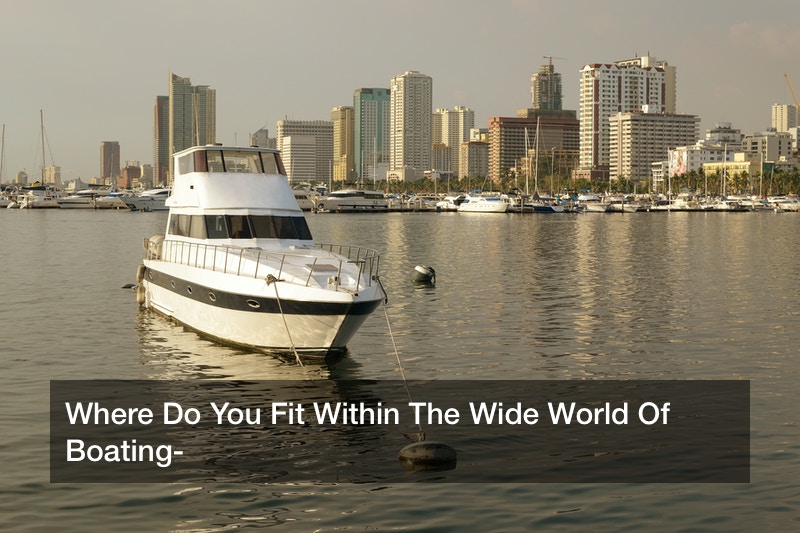
The American boating industry is a big one, and many households today include at least one person who owns a boat and often uses it. And plenty more people who don’t own a boat instead rent them for fishing or water sports, or they may ride on board a friend or relative’s boat all year round. All of this supports a large industry for selling new and used vessels such as pontoon boats, speedboats, and of course, boating accessories such as carpeting or decals. Boat dealers may be found across the United States, sometimes far from the nearest body of water, and they may offer new models of boats and boating accessories as well. Marine retailers may also have many boating accessories in stock for upgrading boats or maintenance on older vessels. How big is the boating industry today, and how often are Americans going out on the water?
Boating Today
Who are buying all of these boats for sale and boating accessories? Primarily, middle-class household are going boating, and this adds up to many thousands of people who own pontoon or speed boats. Around 72% of American boat owners have a household income of under $100,000, but not often a lot less. Boats tend to be expensive, and are out of reach of low income households. All the same, boats may be financed like cars and houses, and many younger boat customers are entering the market as well. Today, the young adults known as Millennials (born 1982-1995) are now old enough to afford major life purchases such as cars, houses, and boats too. This may shape those and other industries in the coming years as Millennials make up an ever-larger percentage of car and boat owners, and marketers may want to track those trends carefully.
Every single year, annual American sales of boats, along with marine products and services, climbed 3% in 2016 to hit a total of $37 billion, and that trend is due to continue throughout 2018 and possibly beyond. Not only are more new boats selling than ever, but dollar sales for the recreational boating industry are expected to grow 10-11% from $8.6 billion as of 2016. Pontoon boats, speed boats, and others are selling well, as are their accessories, from carpeting to trailers. Where might someone find used boats for sale, and what is the difference between a new and used boat, and a pontoon boat and others?
Finding the Right Boat
Someone looking to buy a boat, whether a Millennial or an older buyer, may want to decide what sort of boat they are looking to buy based on their budget and needs. Pontoon boats, for example, are not the fastest and are not ideal for wakesurfing or wakeboarding, but they are ideal for fishing and recreation. These boats are wide and have a lot of floor space, including couches, bolted-on chairs, and even tables and cup holders, along with guard rails along the edge. This makes them suitable for multiple fishers in the middle of a lake, or a simple picnic on the water. By contrast, speed boats are ideal for water sports, including races. A person may use their speed boat to take part in a charity race, for example.
Should a buyer get a new or a used boat? The advantages of a new boat may be alluring, such as a full set of factory warranties as well as the boat being in perfection condition. A new boat will live up to modern standards of power, fuel efficiency, safety, and features, allowing it to outstrip older boats for those who can afford this purchase.
In other cases, a customer may prefer to purchase a used boat. This can result in some considerable savings, though the buyer may want to examine the boat and take it for a test run first. The boat’s hull should be checked for holes or cracks, and the motor can be tested during a practice run. Minor repairs can be made on a used boat after purchase, such as replacing a pontoon boat’s seat or couch upholstery. The owner may also remove worn out or dirty carpeting and replace it with brand new carpeting purchased at a marine retailer.

